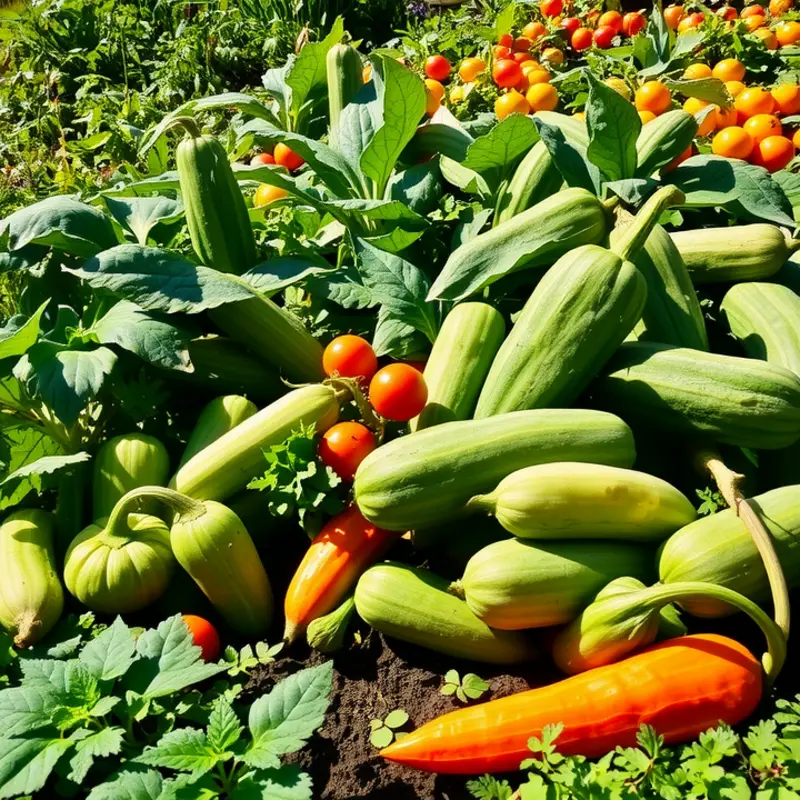Cooking pasta is often seen as a simple task, yet numerous myths cloud the waters of this culinary staple. From the type of water to the use of oil, many home cooks find themselves lost in a maze of misconceptions. Understanding the science behind pasta preparation can dramatically enhance the final dish while fostering a greater appreciation for this beloved food. Let’s explore the common myths surrounding pasta cooking and equip you with the knowledge to create a perfect pasta dish.
Myth #1: Adding Oil to Boiling Water Prevents Sticking

The belief that adding oil to boiling water keeps pasta from sticking is a common one. Yet this common practice may not deliver the results you’re aiming for. When you add oil to the water, it tends to float on the surface due to its lower density compared to water. Pasta, however, sinks initially, meaning it’s unlikely to come into contact with oil until you stir, and even then, the oil can’t do much to prevent sticking.
The notion arises because cooked pasta can be sticky. This stickiness is caused by the starches released from the pasta as it cooks, forming a gluey layer. Adding oil to the boiling water doesn’t reduce these starches. Instead, once the pasta is drained, the oil will coat the pasta and potentially cause sauces to slide off, impeding proper flavor absorption.
So, what techniques can deliver the al dente perfection many seek? Here are some improved strategies:
-
Ensure Adequate Water: Use a large pot filled with plenty of water. This allows the pasta enough space to move freely, reducing the chances of sticking. A general rule is about four to six quarts of water per pound of pasta.
-
Bring to a Rolling Boil: Before adding pasta, ensure the water reaches a vigorous, rolling boil. Pasta added to water that’s not boiling will release more starches, increasing stickiness.
-
Stirring is Key: Stirring pasta within the first two minutes of cooking helps prevent clumping. This frequent agitation allows water to circulate evenly around the pasta, keeping it separate.
-
Use Salt Generously: Adding salt to the boiling water enriches flavor and aids in water absorption where it’s most needed. While it doesn’t reduce sticking, it’s an essential step for taste.
-
Cook to Al Dente: Follow the package instructions but start checking a few minutes early. Pasta should have a firm texture without being crunchy.
After perfecting your boiling process, consider reading about low-waste cooking practices to ensure you’re making the most of every culinary effort. Understanding these methods enhances not only pasta preparation but all your culinary pursuits by building a foundation of technique over myth.
Myth #2: The Longer You Boil, the Softer the Pasta

When it comes to pasta, timing is everything. The belief that the longer pasta is boiled, the softer and more desirable it becomes might seem logical but is, in fact, misleading. Boiling pasta longer may make it softer, but it often results in an unappetizing mushy texture devoid of the delightful bite, known as al dente, that good pasta should have.
Understanding the science of starches and gluten is key to mastering pasta cooking. Pasta generally consists of wheat flour, primarily semolina, which contains a high percentage of gluten. This gluten network is what gives pasta its structure and elasticity. The critical factor to consider is that cooking pasta involves rehydrating and gelatinizing starches while allowing the gluten to maintain structure.
To achieve the perfect al dente texture, pasta should be cooked until it is firm to the bite, not overly soft. This usually falls within a narrow time range suggested on the packaging, often between 8 to 12 minutes, depending on the pasta’s shape and thickness. Overcooking breaks down the starches excessively, leading to a sticky and unpleasant dish.
One effective technique is tasting the pasta a minute or two before the minimum cooking time. The pasta should resist slightly when bitten, signaling it’s nearing the right texture. Remember, pasta will continue to cook slightly from residual heat even after it’s removed from the boiling water. This carryover cooking is crucial to factor in to prevent crossing into the realm of overcooked mush.
Using a large pot with ample water for boiling is essential. Too little water causes the pasta to stick, without enough space to move around, resulting in uneven cooking. Salt the water generously; it seasons the pasta from the inside out, enhancing flavor without adding salt afterward. The ideal is a subtle balance between firm and tender, offering a satisfying resistance when bitten.
For those interested in minimizing cooking waste and embracing an eco-friendlier kitchen, exploring low-waste cooking prep techniques can complement efforts to optimize ingredients and processes efficiently.
It’s also worth noting that different pasta shapes have varying cooking properties. Shapes like penne, fusilli, and rigatoni often need slightly longer times due to their thickness, while thinner forms like angel hair or spaghetti should be monitored more closely to avoid overcooking.
By abandoning the myth of prolonged boiling for perfection and embracing precise cooking times, pasta dishes remain vibrant and texturally superior. This refinement in technique elevates meals from mundane to memorable, achieving the pasta nirvana that generations of Italian cooks have cherished.
Final words
Understanding the realities behind common pasta myths empowers you to cook with confidence and pizzazz. Instead of relying on outdated beliefs such as adding oil to boiling water or overcooking your pasta for a softer texture, focus on proper measurements and cooking times. Quality pasta deserves the right preparation methods, ensuring each bite is delightful. Next time you prepare pasta, remember these insights for an elevated dining experience that not only satisfies the palate but also enriches your culinary skills.








